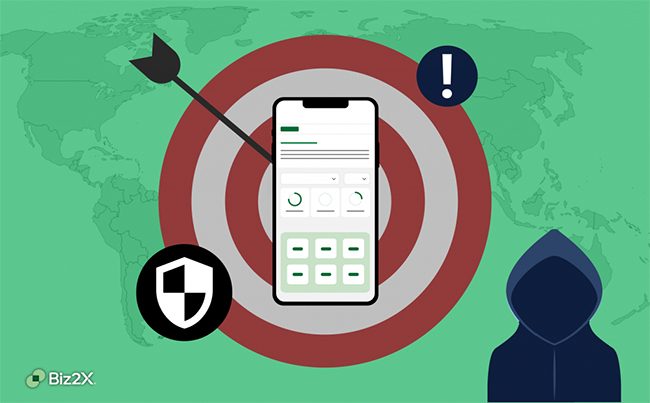Despite advances in recent years, diversifying loan portfolios to include a broader range of clients continues to challenge even the most experienced lenders. Administrative burdens related to a focus on financial inclusion are felt by all, but small to medium sized business lenders may be affected more than large, institutional lenders. With the recent advances in technology and the evolution of automated lending solutions, even local banks and CDFIs can meet targets while improving efficiency, lowering costs, and diversifying client portfolios to reach more underserved small business owners.
Loan Automation Resulting in Improved Efficiency
Traditional lenders, along with CDFIs, can adopt loan automation to streamline processes and improve financial inclusion. By implementing efficient, technology-driven workflows, these lenders can reach more clients and serve a more diverse group of businesses. Advanced fintech applications including generative artificial intelligence (AI) and robotic process automation (RPA) are enabling lenders to increase profits while improving customer satisfaction and retention. These automated lending solutions are available for the end-to-end lending process, from application to risk assessment, credit review, approval process, and repayment options.
In the loan application process, for example, digital workflows and AI assisted software makes it possible to capture information and process applications faster and more accurately. AI-powered risk assessment and fraud detection tools can shave hours off the underwriting process as well, while leading to more accurate, unbiased decisions. Lending institutions can then use automated software and AI to optimize loan pricing and maximize profits. On the repayment front, automated systems offer lenders improved visibility into outstanding loans and can streamline debt collection processes, helping avoid default risks. By harnessing automation across these various functions, lenders can drive greater operational efficiency, minimize errors, and ultimately serve a broader range of borrowers, including those traditionally underserved.





Lower Costs Associated with Automated Lending Solutions
To become more inclusive and cater to underserved small business borrowers, traditional lenders must find adopt cost-cutting strategies. Typically, costs associated with financial institutions reaching new clients, completing the underwriting process, and funding approved loans, are passed through to the client through loan origination costs and other bank fees. In underserved communities, these higher costs for borrowers combined with higher interest rates are causing many, especially small business owners and startup entrepreneurs, to turn to alternative lenders and non-traditional solutions.
Automated lending solutions and cloud-based platforms designed specifically for small business loans offer an efficient way for banks and CDFIs to lower these costs. By streamlining workflows through digital lending platforms, banks can expedite the transition from potential client to borrower. Automated qualification portals, for example, can help lenders quickly determine borrower eligibility upfront, reducing the time spent on unqualified applications. This increases efficiency while cutting labor costs by reducing the reliance on manual data entry and review.
Automation tools can also auto-populate financial data, spreads, and generate scores faster than a team of analysts working in Excel with higher levels of accuracy—eliminating human error. Underwriting processes benefit as well, as bankers and credit decision makers can communicate with the clients within the platform and automate third party verifications, reducing the cost per file significantly. Lower costs mean lenders can offer more affordable financing solutions to all potential borrowers, including previously underserved small business owners.
Diversified Portfolios Through Automated Lending Tools
Forbes recently reported that only 42% of small business owners consider their financing needs adequately met. That leaves a shocking 58% of small businesses underserved. Small business owners are reaching out to online lenders for loans and exploring other creative financing tools, like crowdfunding. The absence of small businesses is negatively impacting revenue at banks and other traditional lenders, including credit unions. Entrepreneurs are hesitant to work with these institutions because of stricter eligibility requirements and longer application and funding processes. Automated lending solutions allow traditional financial institutions to reach more borrowers and complete the funding process in less time.
Automated lending solutions offer a way for lenders to tap into this market by streamlining processes for credit decisions, risk assessment, and expedited funding. By streamlining key aspects of the lending process, lenders can reduce processing times and appeal to a more diverse range of applicants, including communities where conventional credit metrics may not communicate the whole story. This enables financial institutions to achieve their financial inclusion targets without significantly elevating risk, thus serving their community better.
Bottom Line
Automated lending platforms can empower lenders to improve performance and profitability while expanding their target markets to include a more stable and inclusive loan portfolio.
To get started with on the Biz2X platform, reach out to a Biz2X expert today to learn about the right solution for your lending needs.











